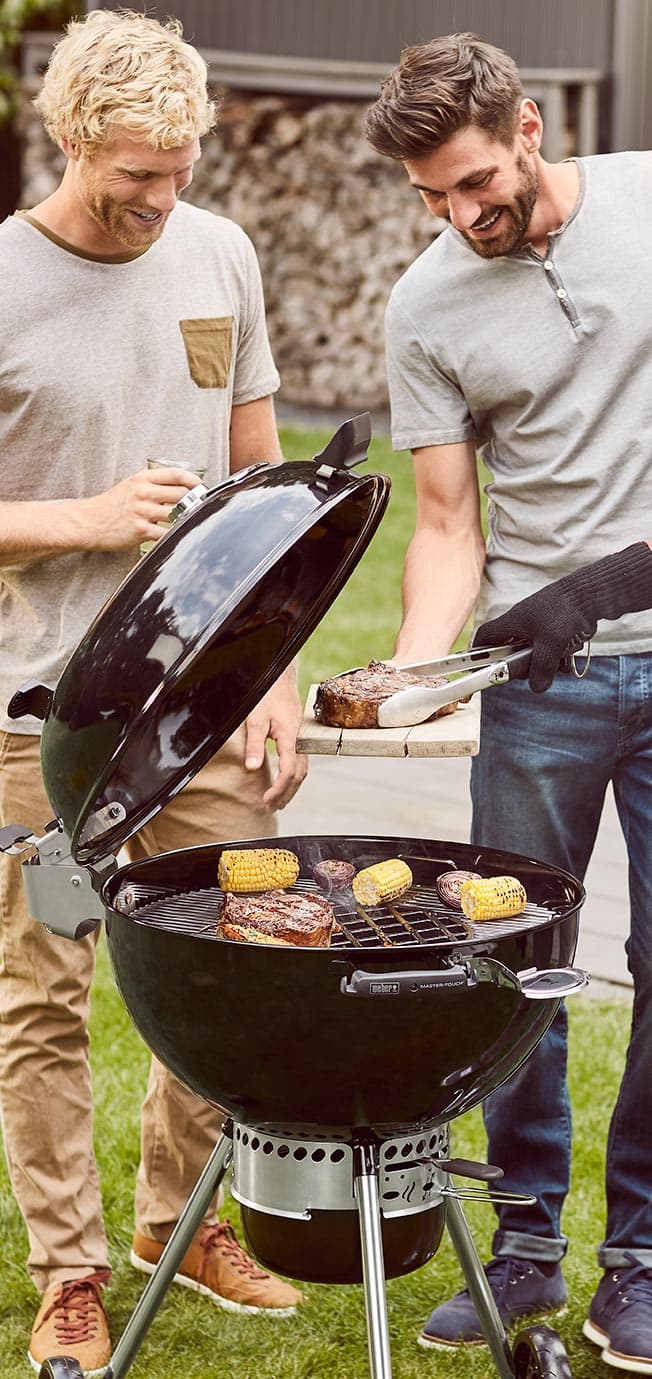Strawberry Senga sengana - pot ø10.5 cm (Fragaria x ananassa 'Senga Sengana')
Aardbei Senga Sengana
Berro
Art. nr. 201785513
Hermie's choice
Product information "Strawberry Senga sengana - pot ø10.5 cm (Fragaria x ananassa 'Senga Sengana')"
Product specifications
| Application / use plant: | Unknown - n/a |
|---|---|
| Average number per m²: | 7 |
| Bloom Month: | May |
| Bloom color: | White |
| Branches / bark: | Unknown - n/a |
| Dutch plant name: | Middelvroege aardbei |
| Flower color - details: | White |
| Frost hardiness - details: | Very good (-29 till -23°c), usda zone 5 |
| Frost resistance: | Extrême winter hardiness |
| Fruit: | Berry-shaped, Red |
| Fruit - details: | Red, flesh light red, somewhat smaller fruit |
| Full grown plant height: | 20-30 cm |
| Growth habit : | Ground cover |
| Growth habit - details: | Clumping, forms tendrils with new plant after fruiting |
| Humidity/Soil: | Normal soil |
| Latin plant family: | Rosaceae |
| Leaf / Foliage: | Green |
| Leaf / foliage - details: | Deciduous, green |
| Location: | Halfshadow, Full sun |
| Location - details: | Preferably full sun |
| Maturity: | June |
| Minimum growing height (in cm): | 20 |
| Plant characteristic: | Ground cover, Fruit-bearing |
| Plant family: | Rose family |
| Planting distance: | 5-8 pieces per m² (35-45 cm apart) |
| Pruning period: | March, September |
| Taste: | Very good tasting |
| Width mature plant: | 30-40 cm |
| Winter foliage: | Losing leaf |
| maximal growth height (in cm): | 30 |
| type of crop: | Perennial plant |
| type of soil: | Calcareous soil, Clay soil (calcareous), Normal soil, Peaty soil (acidic) |
| type of soil / ground - details: | Any good garden soil |
Pictures of this plant
Reviews
Login












